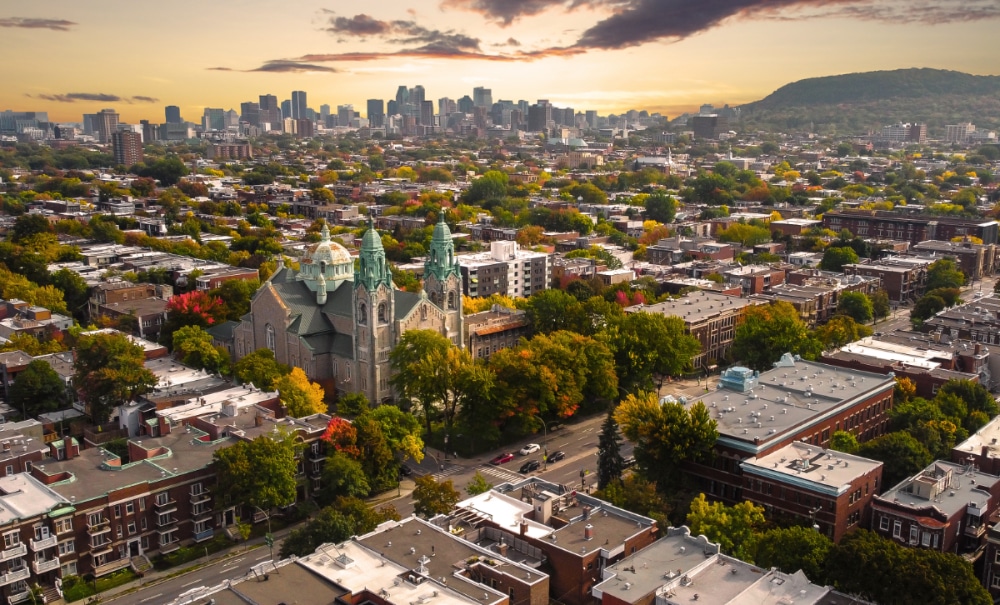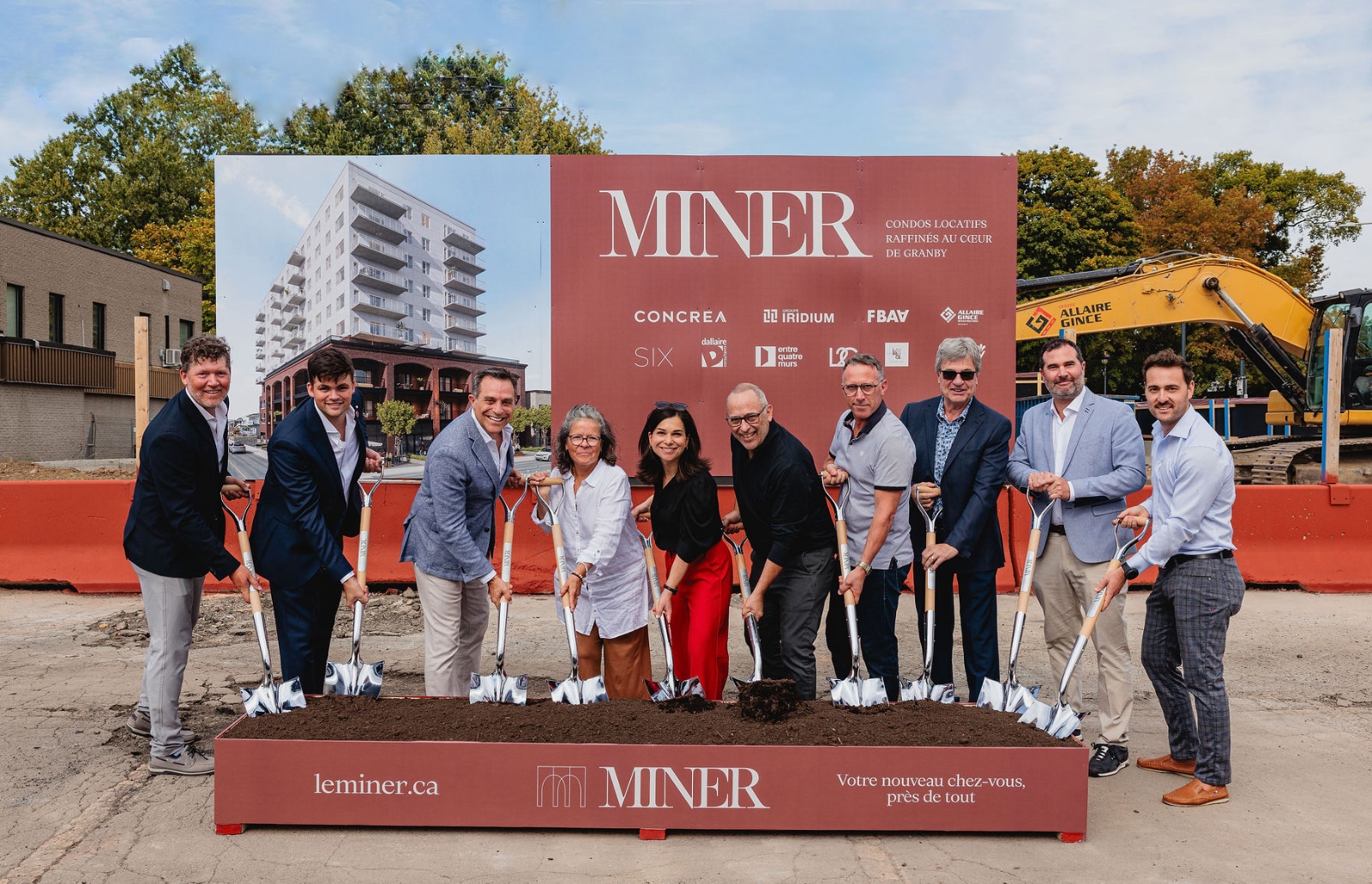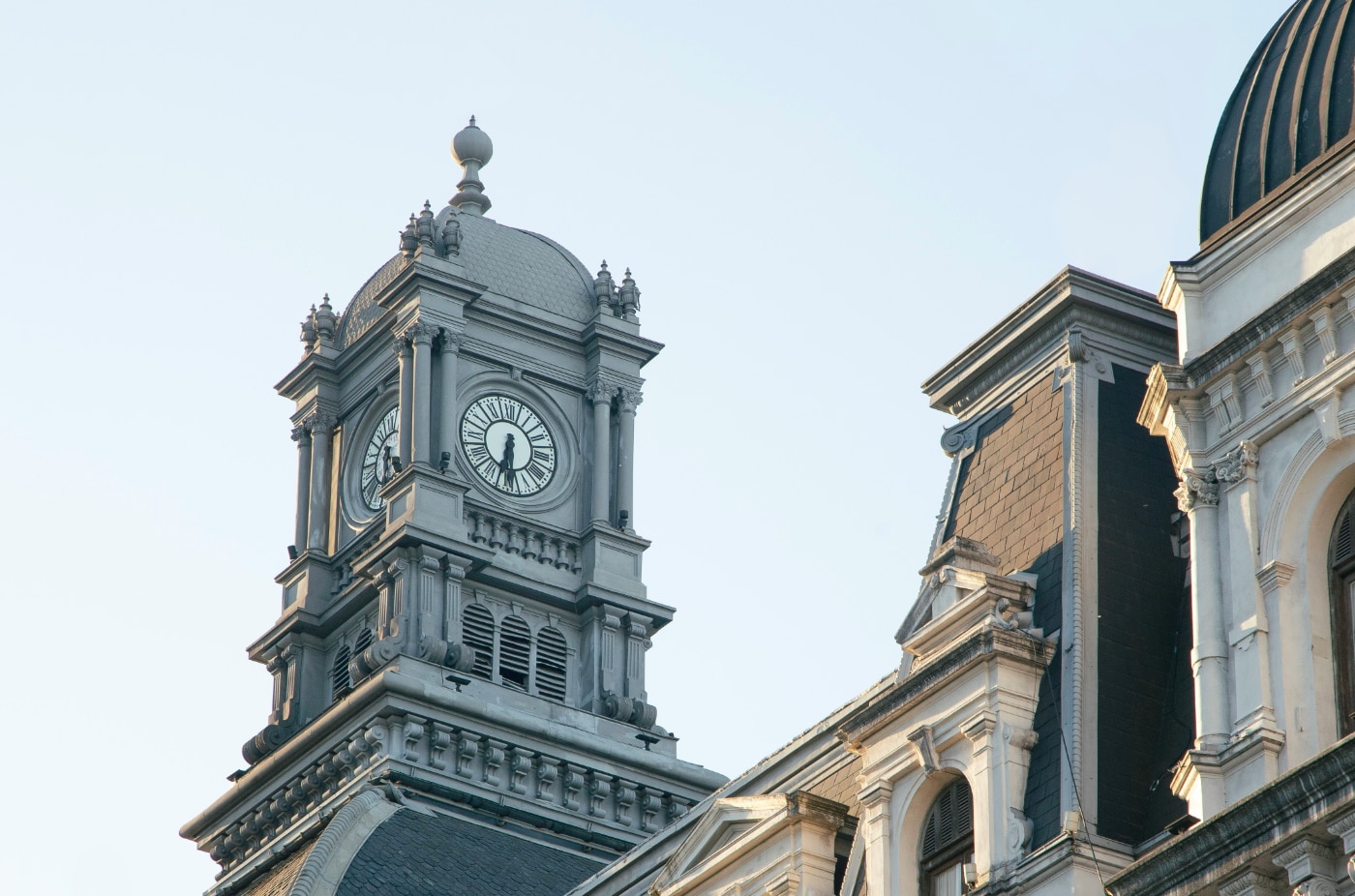New Construction Will Never Be Enough
A new residential building emits around 80 tons of CO2 on average. The construction of new buildings accounts for around 11% of greenhouse gas emissions of human origin in the world. Demolishing in order to rebuild multiplies this footprint.
Rehabilitating reduces the impact by half, sometimes more. The renewal time for homes is only 1 to 2% per year. As a result, 60 to 70% of the housing stock in 2050 is already built. To ignore these existing buildings is to miss out on an enormous reservoir of potential homes.
Promoters know that. Rehabilitation is sometimes cheaper than new, especially when the foundations, structure and exterior envelope still hold up. The savings are in the millions on large projects.

Built Heritage, an Untapped Reservoir
Quebec has hundreds of abandoned churches, monasteries, schools, and factories. In 2024, the Ministry of Culture and Communications awarded $25 million to 86 projects to restore and requalify Quebec's religious heritage. But in June 2025, the ministry suspended its aid programs to “reflect” on future modalities.
This pause is worrisome. Without financial support, owners of heritage buildings struggle to complete their projects. Compliance costs are exploding, deadlines are getting longer, and some projects are aborted before they even start.
In Montreal, only buildings that have been vacant for more than 4 years and located in heritage sites are eligible for renovation grants. This restriction rules out dozens of potential projects. Quebec City also offers grant programs for the conservation and enhancement of ancient architecture, but the envelopes remain limited.

Altera: When a Monastery Becomes a Coveted Building
It is in this demanding context that the Altera project was created in Château-Richer. An ancient monastery in the heart of the city, steeped in history, transformed into high-end apartments. The original architecture has been respected, the volumes preserved, the character intact.
The transformation required months of coordination with a multidisciplinary team. Architects, engineers, heritage consultants. Every technical detail had to meet modern requirements while maintaining the soul of the building. Ventilation, soundproofing, insulation, safety: all challenges that require creativity and expertise.
Three months after the rental, Altera posted an occupancy rate of 95%. The market did not just welcome the project: it adopted it massively. Tenants are looking for this rare combination of authenticity and modern comfort, historic charm and current conveniences.
Old Walls Stand Up to Modern Standards
A monastery is not a standard condo. The walls are sometimes three feet thick. It is impossible to pierce ventilation ducts like in gypsum. The ceilings are 15 feet high. Heating and air conditioning must cover volumes that are three times larger than normal. Between two apartments, the least noise spreads if the soundproofing is not redesigned from A to Z.
On the environmental side, rehabilitating beats new construction flat out. But the carbon economy comes with its share of puzzles. The 2025 building codes were not written for structures from 1920. Emergency exits, the width of the stairs, the height of the railings: nothing matches. You have to negotiate with the inspectors, justify each decision, find compromises that respect the spirit of the standards without destroying the building.
Nobody does this type of project alone. The architect knows the heritage but not the modern mechanical systems. The engineer masters the structure but does not know how to obtain a permit for a listed building. The heritage consultant defends historical integrity without always understanding constraints. It takes a team that talks to each other, that listens to each other, that accepts compromises.
The Benefits Exceed the Carbon Footprint
A monastery is still a monastery, even if it has been transformed. Its stone facade, its high windows, its imposing volume continue to mark the landscape. The same goes for the old factories that have become lofts: the exposed steel beams, the red bricks, the worn hardwood floors tell a hundred years of history. Demolishing erases that memory. Rehabilitate the preserve.
Cities are densifying without standardizing. In Montreal, the old warehouses in the Old Port now house families. In Quebec, abandoned convents welcome retirees. No identical towers, no interchangeable condos. Housing that has character, its own identity. And you have to pay for it. Rents in these buildings often exceed those of standard new buildings by 15 to 20%.
The money invested stays here. No materials imported from Asia, no detached labor. Masons who know how to restore stone, carpenters capable of reproducing century-old moldings, consultants who know municipal archives. Every dollar spent flows into the local economy, creates specialized jobs, and trains the next generation of artisans.
A necessity for the future of Quebec housing
Urban sprawl has its limits. Infrastructures are expensive to expand, the car reigns, services are dispersing. Densifying established centers meets all these challenges. Rehabilitation makes it possible to add hundreds of units without nibbling on new land.
The success ofAltera Prove that the market is ready. Developers who are still hesitant should look at this 95% occupancy rate. Buyers and tenants are actively looking for these projects that combine heritage and modernity.
Governments need to follow suit. Suspending aid programs at a time when demand is booming sends the wrong signal. The private sector may bear some of the risk, but heritage buildings often require a boost to become profitable.
One no longer rehabilitates through nostalgia. We do it because we have no choice. Quebec lacks housing, urban sprawl is too expensive, and each ton of concrete poured increases the carbon footprint. Quebec has an exceptional built heritage. Transforming it into 21st century homes is just beginning.







